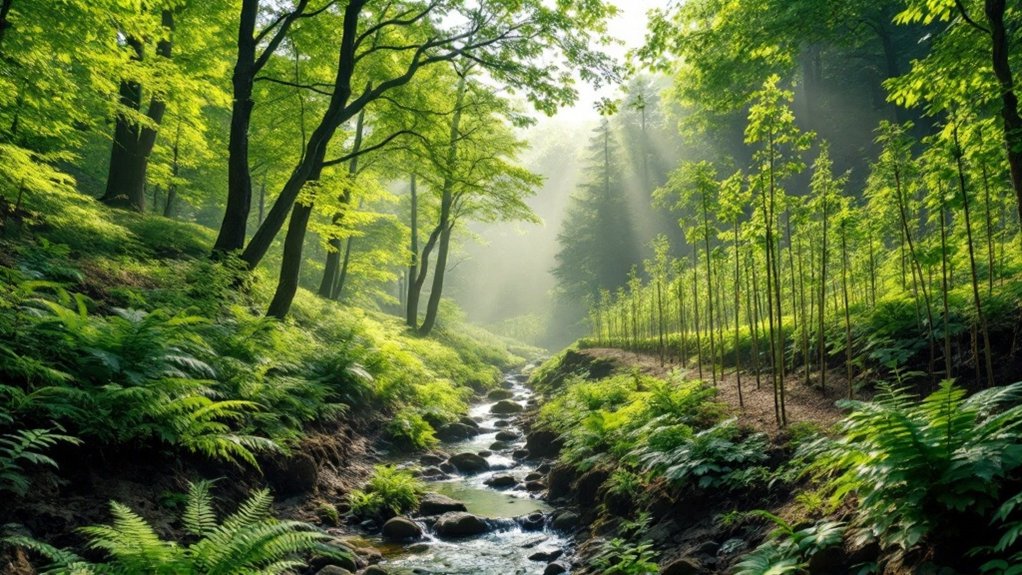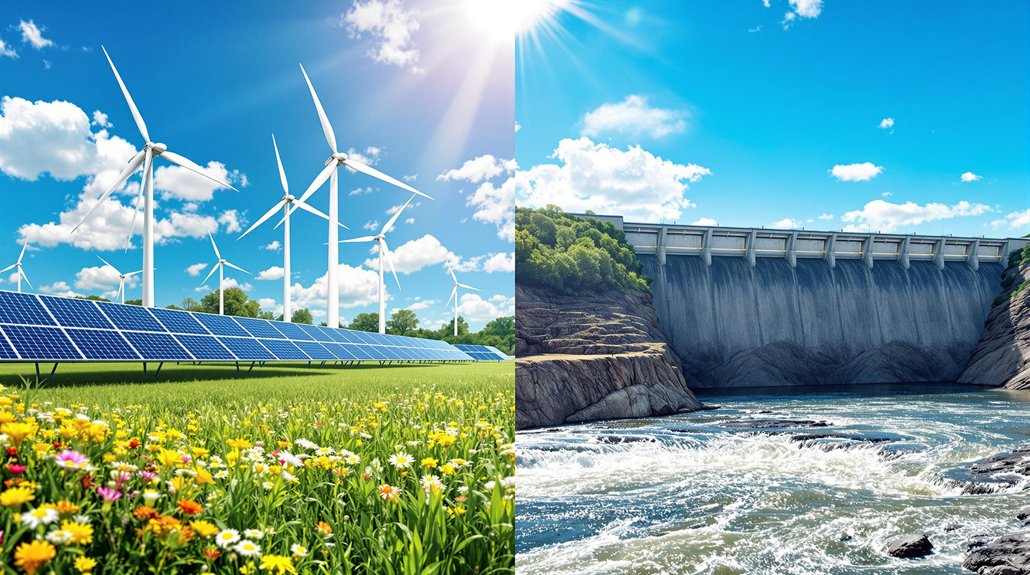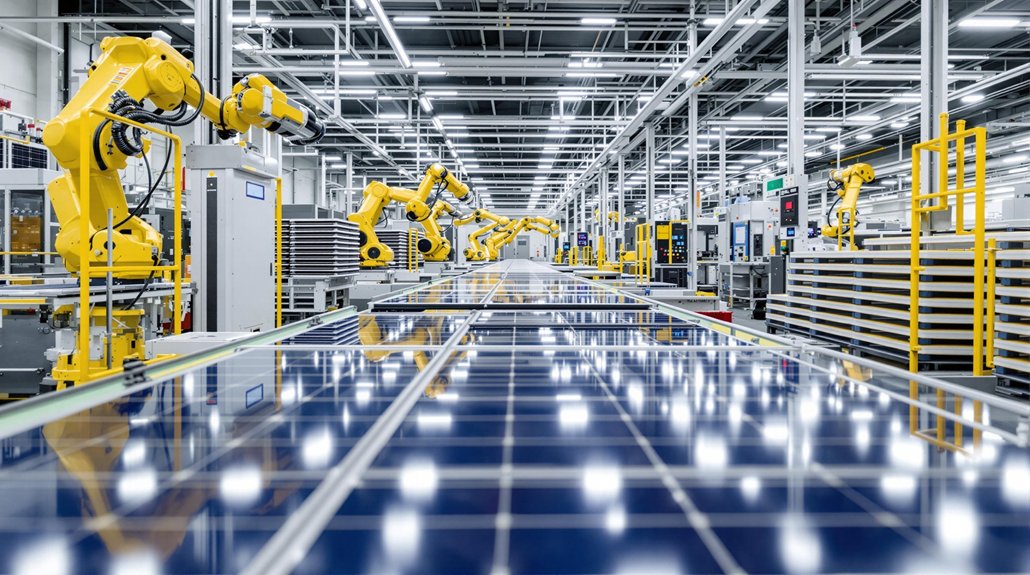Reforestation isn’t just about planting trees – it’s nature’s Swiss Army knife for environmental problems. Trees capture CO2, create homes for thousands of wildlife species, and prevent soil from washing away like yesterday’s leftovers. These leafy heroes recharge groundwater, reduce flooding, and create jobs for local communities. From improving property values to making people happier, reforestation delivers a knockout punch to climate change. The benefits stretch far beyond the forest’s edge.

While the planet continues to warm at an alarming rate, reforestation stands out as a powerhouse solution for tackling climate change and a host of other environmental challenges. Trees are nature’s carbon-catching champions, pulling CO2 right out of the air and storing it away like environmentally conscious packrats. They’re not just one-trick ponies either – these leafy heroes create essential carbon sinks in both their biomass and the soil beneath them. Trees also help maintain healthy ecosystems by filtering dangerous pollutants from the atmosphere.
Let’s talk biodiversity, because it’s not just about making things look pretty. Reforestation brings back critical habitats for countless species that, frankly, would prefer not to go extinct. It’s like building the ultimate wildlife apartment complex, complete with food webs that would make any ecologist swoon. The more diverse these forest communities become, the more stable they are – it’s basic ecosystem math. National Forests currently provide homes for over 3,000 wildlife species across the country.
Reforestation isn’t just tree planting – it’s building nature’s ultimate housing development, where biodiversity thrives and ecosystems find their balance.
The soil benefits are nothing to sneeze at either. Tree roots grip the earth like nature’s anchors, preventing erosion while their fallen leaves turn into black gold for the soil. Water retention improves dramatically, and suddenly those beneficial soil microorganisms have a reason to party. Sustainable land management creates valuable opportunities for local communities to thrive.
Speaking of water, forests are basically nature’s water management system. They help recharge groundwater supplies and reduce flood risks – because nobody likes their basement turning into an indoor pool.
In urban areas, trees are working overtime as nature’s air purifiers. They filter out air pollutants, crank out oxygen, and help cool down cities that would otherwise be cooking in their own concrete-induced heat. And let’s be real – they make cities look way better too.
The economic perks? They’re substantial. Reforestation creates jobs, provides sustainable resources, and boosts property values.
But perhaps most importantly, it improves community well-being. People are simply happier around trees – it’s science. They reduce stress, encourage outdoor activity, and provide endless opportunities for environmental education. Who knew that planting trees could simultaneously save the planet and make us feel good about it?








